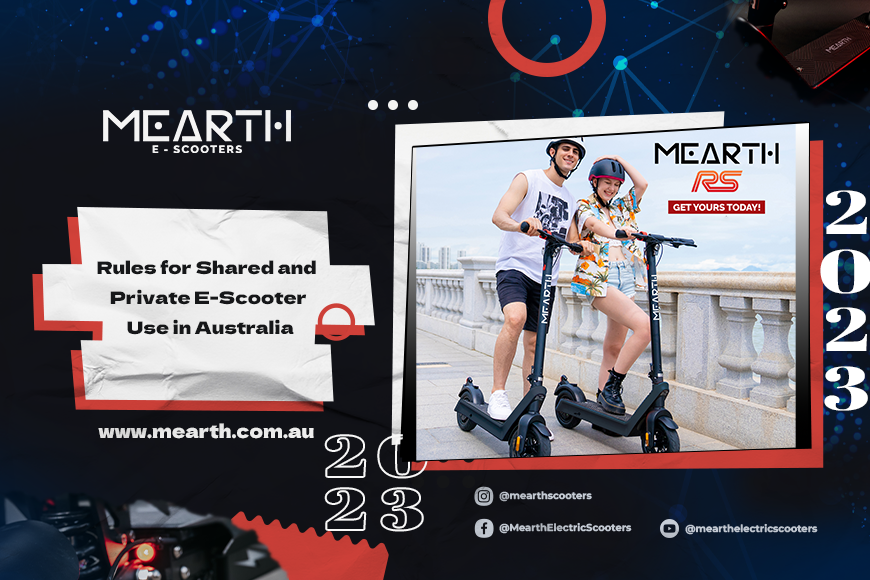
Just a few months ago, The Guardian.com an online publication in Australia published an article on “E-scooter safety: Australian states and territories under pressure after spate of fatal crashes”.
It reported that last September 2022, three Australians died while riding e-scooters, doubling the number of fatalities since 2018, when the first rental scheme was rolled out in Queensland. Neither Abou-Eid nor Wallace were wearing helmets when they crashed. Queensland police have been investigating the fatal Brisbane accident.
Sarah Whitelaw, the emergency medicine representative of the Australian Medical Association said doctors were concerned about the increase in fatal head injuries. “They’re different to injuries you would get from roller-blading or playing a team sport,” she said. “They are injuries that require months and months of rehab.”
Whitelaw further said it was important to shift the culture, so that people understood the dangers as they do with motorbikes and bicycles.
“Most of us wear bike helmets not because it’s illegal not to, but because we understand why you have to put one of them on. It might save your life,” she said.
The response from state and territory governments to the rate of serious accidents has so far been limited. However, new rules apply in Queensland from 1 November, allowing “personal mobility device” riders to wear either an approved bicycle or motorbike helmet.
A spokesman for the transport department said, “In addition, a broad public education campaign will begin from late October focusing on helmet compliance, with riders reminded to wear a helmet or be fined.”
But there were other growing concerns, said Kirsten Vallmuur, at the Queensland University of Technology who has been researching e-scooter injuries, where she mentioned that private riders could hack their scooters relatively easily, to go faster than the speed limit.
“One of the things is shared schemes have a speed limit on them. They can’t go over 25km/h,” Vallmuur said.
“With private scooters, there’s more ability for the riders to turn off the speed limitation. Sometimes it’s as easy as flicking a switch. So, if you are travelling at higher speeds, you’re at a much greater risk,” she expounded.
Cities including Melbourne, Sydney, Adelaide, Perth and Hobart are trialling the use of shared e-scooters, while Queensland and the ACT allow privately owned and shared e-scooters with regulations, according to the report.
“The purpose of the e-scooter trial is to assess the benefits and risks of e-scooters to better understand whether they can be safely regulated within the broader transport mix,” the spokesperson said.
Meanwhile, a spokesperson for the New South Wales government said there had been no recorded injuries within the locations allocated for its trial scheme – the western Sydney parklands and the botanic gardens at Mount Annan – and said more locations would be announced before the end of the year.
The report also said that while there is no national database that captures the rates of injuries relating to e-scooters, data from several jurisdictions shows the most common infringement enforced by police relates to riders not wearing helmets.
State / Public use of private e-scooters / Age limit / Speed limit / Road rules
Queensland
- ✅ Legal 16, or 12 with adult supervision
- ✅ 12km/h on footpaths and 25 km/h on shared pedestrian and cyclist paths, to be reduced from 1 November to 12 km/h.
- ✅ Users cannot ride on main roads or streets in the Brisbane CBD and should use paths wherever possible. Local streets are permitted if the speed limit is 50km/h or less.
NSW
- ✅ Prohibited 16
- ✅ 20km/h on bicycle paths, lanes and roads or 10km/h on shared paths.
- ✅ Users cannot ride on footpaths. They can ride on bicycle paths, shared paths and roads including bicycle lanes with speed limits up to 50km/h.
Victoria
- ✅ Prohibited 18
- ✅ 20km/h
- ✅ Users cannot ride on footpaths. They can ride on bicycle lanes, shared paths and lower speed roads up to 50 km/h. Riders should give way to pedestrians on shared paths.
ACT
- ✅ Legal Children under 12 must not ride without adult supervision.
- ✅ 10km/h when using a crossing, 15km/h on footpaths and 25km/h on bike paths.
- ✅ Users must not ride on the road or on-road bicycle lanes unless there is no path or it isn’t practical to use a path.
South Australia
- ✅ Prohibited 18
- ✅ 15km/h
- ✅ Users can ride on footpaths and shared paths “unless it is prohibited”, and can only use roads for crossing or avoiding obstacles, with some exceptions including roads with a dividing line or median strip, a speed limit of over 50 km/h, and one-way roads with more than one marked lane. Bike and bus lanes are also prohibited.
Tasmania
- ✅ Legal 16; Children under 16 can use low-powered e-scooters that don’t exceed 10km/h.
- ✅ 25km/h on shared paths, bicycle paths and roads or 15km/h on footpaths.
- ✅ Users can ride on most footpaths, shared paths, bicycle paths and local roads with a speed limit of 50 km/h or less, no dividing line or median strip and no multiple lanes if on a one way road.
Northern Territory
- ✅ Prohibited 18
- ✅ 15km/h
- ✅ Users can only ride on footpaths, shared paths and bicycle lanes “unless prohibited”.
WA
- ✅ Legal with some restrictions on vehicle types and sizes; 16.
- ✅ Children under 16 can use low-powered scooters that don’t exceed 200w or 10 km/h.
- ✅ 25 km/h on bike paths, shared paths and local roads, and 10 km/h on footpaths
- ✅ Users are allowed to ride on bike paths, shared paths and most local roads with speed limits under 50km/h, excluding roads with dividing lines or one-way streets with more than one marked line.




Leave a comment
This site is protected by hCaptcha and the hCaptcha Privacy Policy and Terms of Service apply.